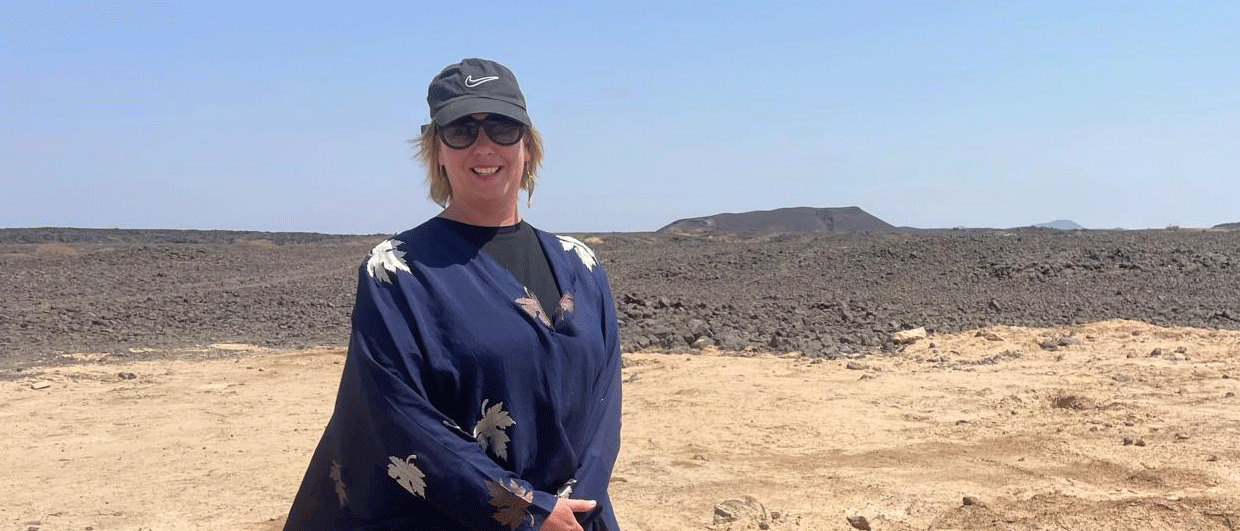So what is your point?
My point is that rapid adoption of new technology is more important than ever to replace producing reserves. We have a huge responsibility and a fantastic opportunity to really make a difference. The industry must jointly accept this challenge and work together in developing business models and risk profiles that are appropriate for all stakeholders. Today, this is not the case and unless we are able to do something about this there is a risk that we may see significant slow-down of technology developments going forward.
What role has the North Sea played in advancing geophysical technology?
I believe that the North Sea has played a fundamental role in developing geophysical technology – in particular during the eighties and the nineties. One of the reasons for this is the very strong R&D incentives put in place for oil companies operating on the Norwegian Continental Shelf. Up to 1994 spending towards Norwegian R&D institutes and universities was a formal license award criterion (“goodwill agreements”). The so-called FoT-agreements, allowing the operators to charge R&D spending to the licenses, have been in place since early on, albeit with somewhat varying terms and conditions. These arrangements are still in place today, and operators get significant tax relief for their R&D spending.
Over the last 20 years or so we have seen several breakthroughs in seismic acquisition, from 2D to 3D, 4D and 4C, as well as a number of incremental advances. Which do you consider the most rewarding for the oil companies?
In particular, I believe the significant developments within 3D seismic acquisition, including the ability to tow very large streamer spreads in wide towing configurations, have been very rewarding for the oil companies. This has driven costs down and efficiency up, paving the way for very sophisticated acquisition configurations associated with Wide-Azimuth and Multi-Azimuth technology. Furthermore, the ability to tow many streamers in High Density 3D mode enables a more uniform sampling interval, in particular in the cross-line direction, delivering very high resolution data in a cost-efficient manner. Also, the vast reduction in computing cost has allowed implementation of high-end imaging technology that delivers not only marginal but very substantial improvements in our ability to image complex structures in the sub-surface.
What about the GeoStreamer that was introduced by PGS last year?
I consider this a game-changing technology that yields uncompromised seismic bandwidth – higher resolution, deeper penetration and better signal-to-noise ratio through a deep towed dual sensor streamer removing the surface reflection.
In which direction is the seismic industry moving? What will be the next leap forward in technology?
I’d like to say that today geophysical technology is blooming. It is blooming as a result of planting the right seeds during the 1980’s and 1990’s, giving the industry a wide range of opportunities to apply high end technology in finding and producing more oil and gas. This relates to Wide-Azimuth and Multi-Azimuth acquisition and processing technology, High Density 3D (HD3D), permanent seismic monitoring, Electro Magnetic and GeoStreamer technology to mention a few. Before taking the next leap forward, perhaps the industry should make more aggressive use of the technology that already is commercial or near commercial?





